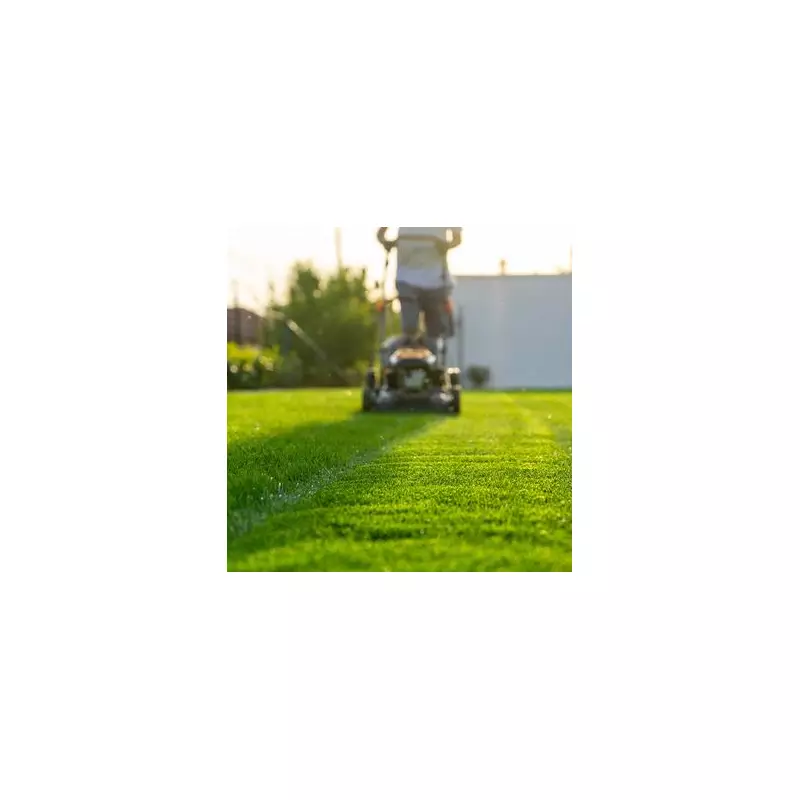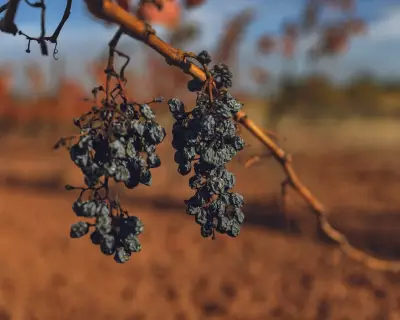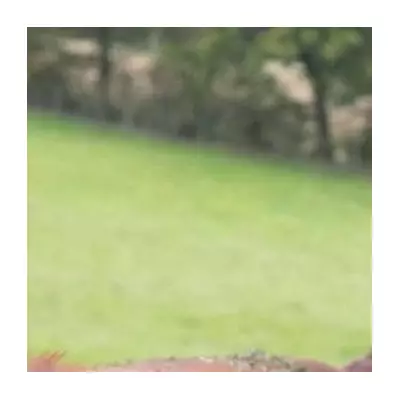
Gardeners across the UK are discovering an astonishing natural secret that can dramatically alter the appearance of their hydrangeas, and it's likely sitting in your kitchen cupboard right now. This simple, chemical-free method could completely transform your garden's colour scheme.
The Magic Ingredient for Colour-Changing Blooms
For those dreaming of vibrant blue hydrangeas but stuck with pink varieties, the solution might be simpler than you imagine. Unlike expensive chemical treatments that can harm your plants and soil, this natural alternative offers a gentle yet effective approach to modifying your flowers' pigmentation.
Understanding the Science Behind the Transformation
The secret lies in soil chemistry. Hydrangeas possess a unique ability to change colour based on soil pH levels and aluminium availability. Pink hydrangeas thrive in alkaline soils, while blue flowers prefer acidic conditions where aluminium becomes accessible to the plants.
This is where our kitchen hero comes into play. When applied correctly, this common household item can gradually lower your soil's pH, creating the perfect environment for those stunning blue blooms to develop.
Step-by-Step Guide to Transforming Your Hydrangeas
- Identify the right timing: Early spring, as new growth begins to emerge, is the perfect period to start your colour-changing journey
- Prepare your solution: Create a simple mixture using your chosen kitchen staple and water
- Application technique: Apply carefully around the base of your hydrangeas, avoiding direct contact with leaves and stems
- Maintenance routine: Consistent application throughout the growing season will yield the best results
Important Considerations for Success
While this method is remarkably effective, patience is essential. The colour transformation won't happen overnight – it's a gradual process that may take a full growing season to show significant results. The existing flower buds were formed during the previous year, meaning you're actually influencing next year's blooms.
White hydrangea varieties won't respond to this treatment, as their colour is determined by genetics rather than soil conditions. This method works exclusively on pink and red varieties that have the potential to turn blue or purple.
Why Gardeners Are Embracing This Natural Approach
This kitchen cupboard method offers numerous advantages over commercial products:
- Cost-effective: Significantly cheaper than specialised chemical treatments
- Environmentally friendly: No harsh chemicals that could harm beneficial soil organisms
- Gentle on plants: Provides a gradual change that doesn't shock your hydrangeas
- Readily available: Most households already have this item in their kitchens
As gardening trends continue shifting toward more natural, sustainable practices, this simple hack represents the perfect marriage of traditional wisdom and practical science. Whether you're an experienced horticulturalist or a weekend gardening enthusiast, this method could help you achieve the garden of your dreams without breaking the bank or compromising your environmental principles.
Remember that soil conditions vary significantly across different regions of the UK, so results may differ depending on your local geology and existing soil composition.





